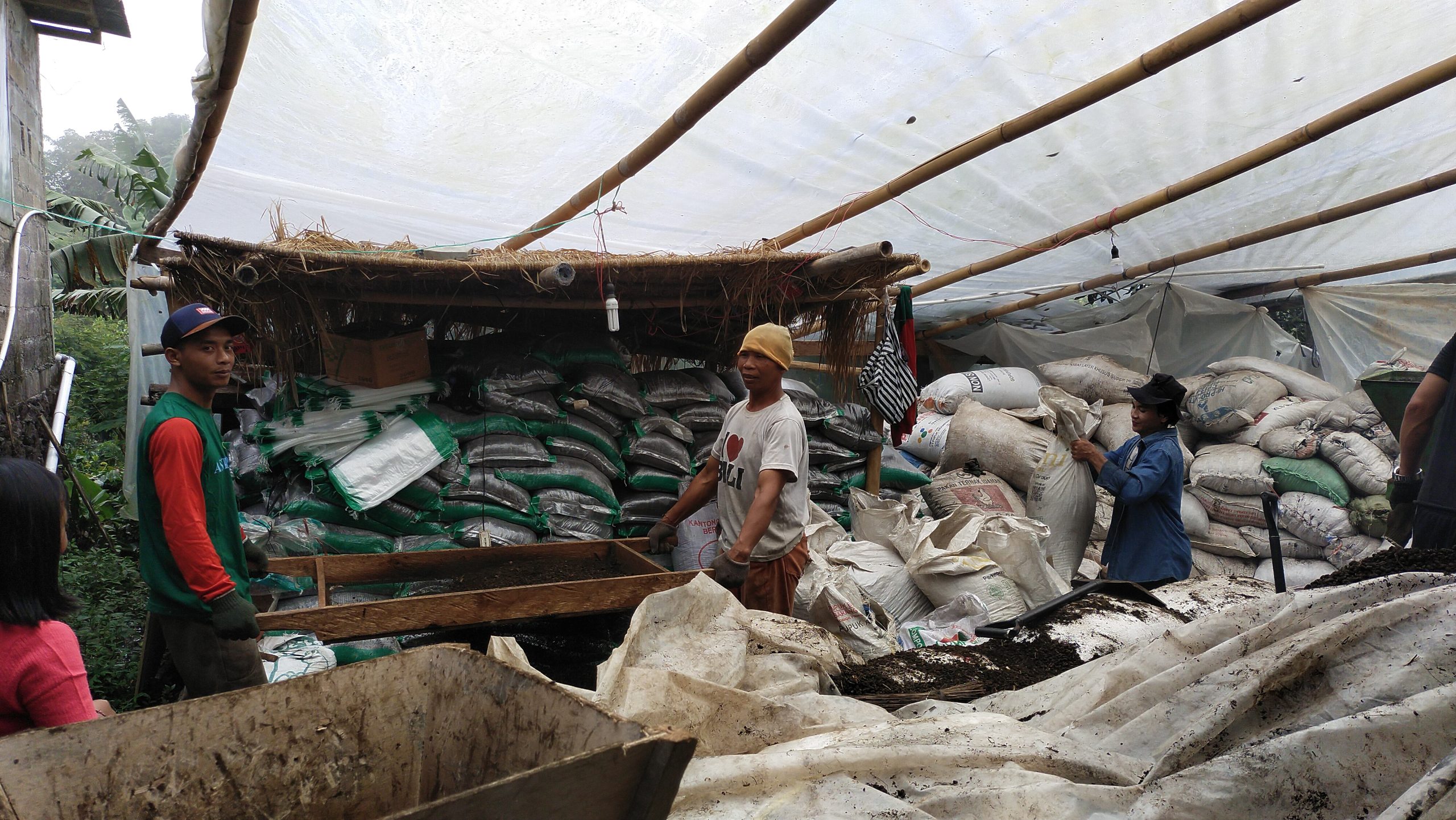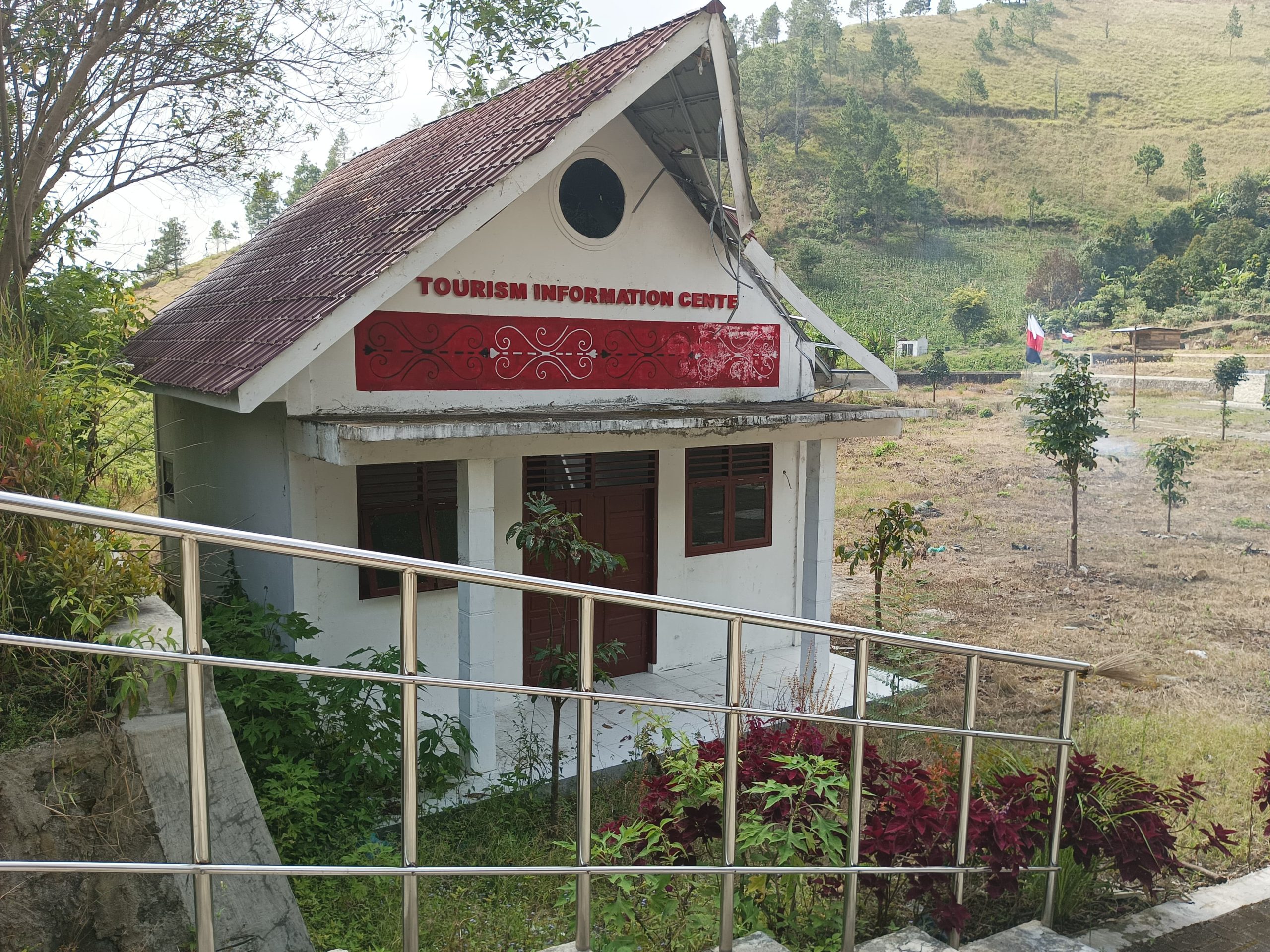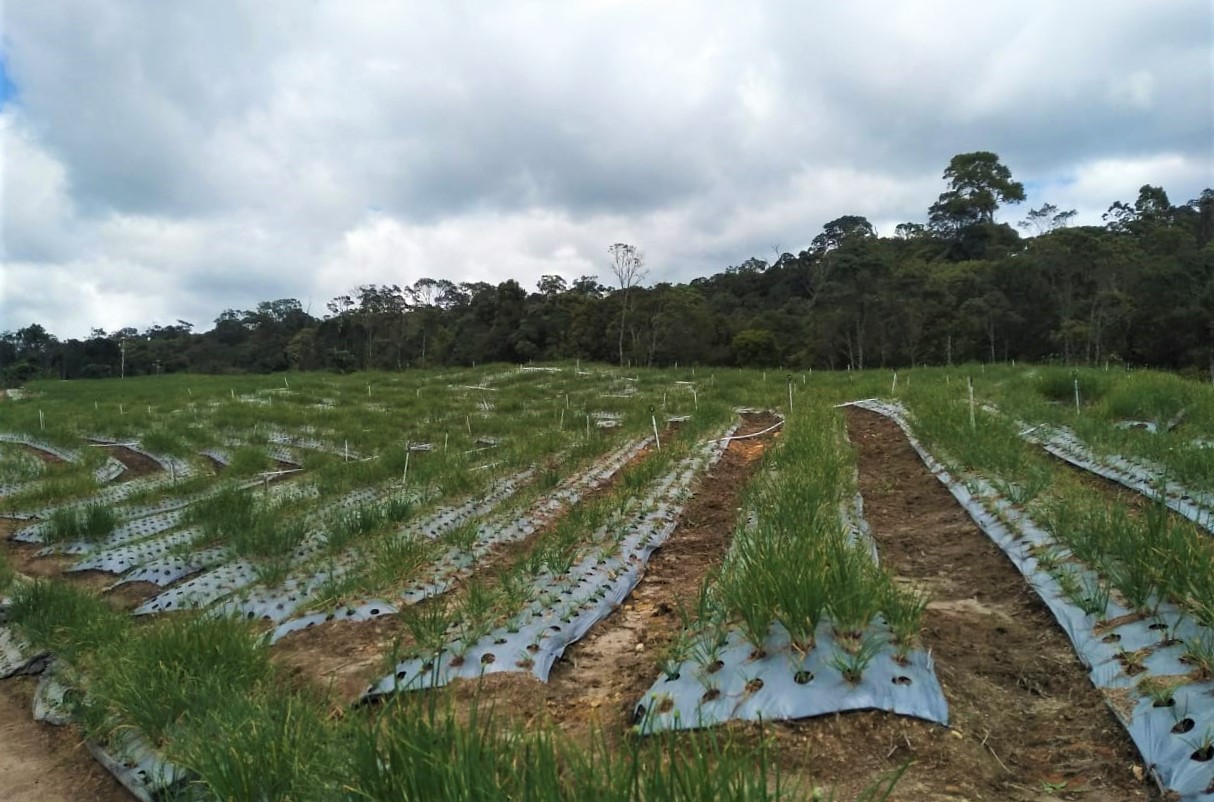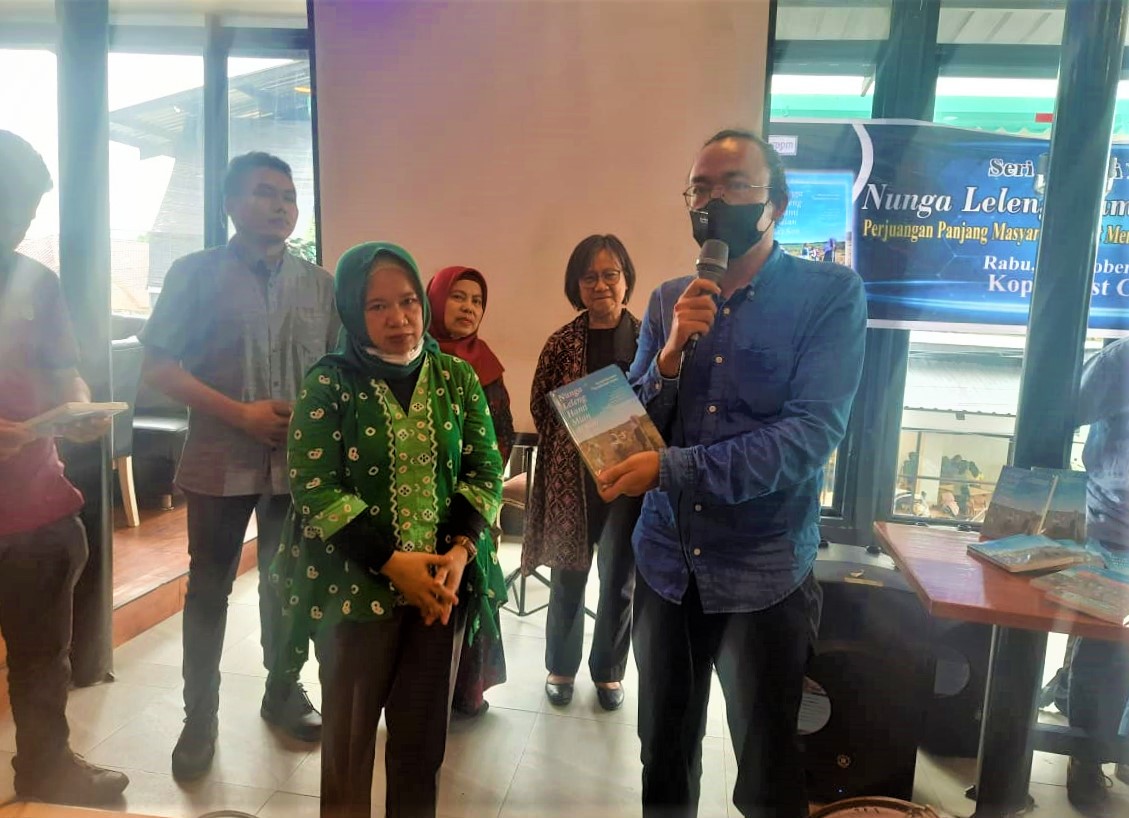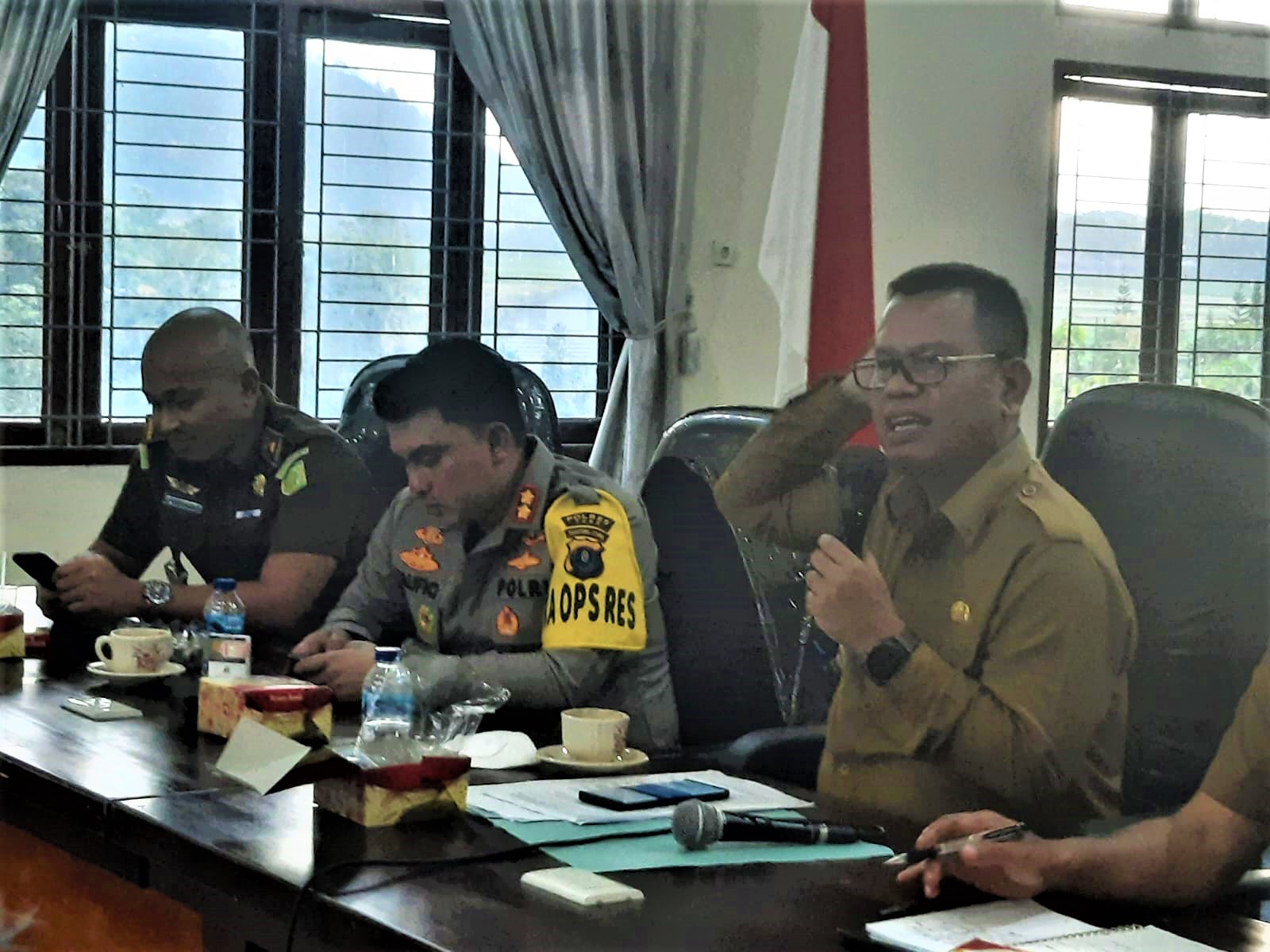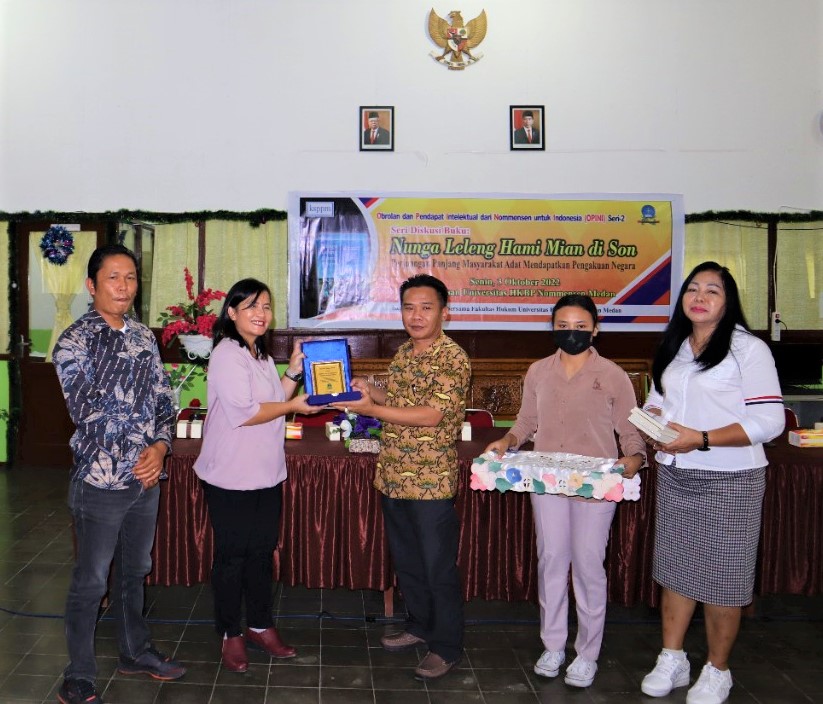Learning from Bali
On 12-14 March 2022, Leorana Sihotang and I, along with Menti Pasaribu from the Natinggir Indigenous Community and Hotmita Sinaga from the Samosir Regency Farmers Union, had the opportunity to study animal husbandry and agriculture at the Maha Bhoga Marga Foundation (MBM) in Badung, Bali.
MBM is a non-profit foundation that aims to improve the socio-economic conditions of rural communities through various small-scale economic and health programmes. MBM is the Community Service and Economic Empowerment Department of the Protestant Christian Church in Bali which was established in 1982.
Surviving the Covid-19 pandemic
One of the farmers we visited was Kadek Marta from Wanagiri Village, Suka Sada Sub-district, Bulele District. Before the Covid-19 pandemic, he worked as a handyman. However, the pandemic forced him to switch professions. For the past six months, Kadek and his group have been raising goats. They raise goats with fermented feed. The ingredients used are 70% forage, 30% bran, 1% EM4 with a total of 100 litres of water. The feed is left in a drum for 10 days so that it can be consumed by goats. This fermented feed is very helpful for farmers who do not have large areas of land as a source of forage.
The goats are kept in cages. The aim is to collect the manure and use it as manure for the development of nature-sensitive agriculture. Managing the goats in the pen is not that difficult. They are only fed twice a day and watered once or twice a day. The cage is made of bamboo so that the faeces will fall to the bottom of the cage. This makes it easier for farmers to collect the goat faeces.
Currently, Kadek Marta and his group have produced goat compost. Not only to fulfil the group’s agricultural needs, but also to fulfil the compost needs of other MBM-assisted groups. Kadek’s livestock group has been able to produce compost as much as 150 zak (15 kg/zak) per day at a price of 25,000 rupiah. Raising goats is a new job to survive the Covid-19 period. To increase income, Kadek’s group also plans to produce etawa goat milk.
In my opinion, goat breeding is one of the interesting businesses to be developed in the Lake Toba Region, especially in KSPPM assisted groups because of the abundance of green plants that can be used as goat feed. So, you don’t have to make fermented feed. Another reason is that goat farming also does not require a lot of water like pigs that must be bathed and their cages must be cleaned every day. The need for compost for agriculture can also be met; in addition, goat milk can also be produced to supplement income.
Raising Pigs inexpensively and easily
Pig farmers generally feed their animals cooked feed or company-made dry feed (concentrate). These cooked feeds require a lot of time while manufactured feeds require a lot of capital. MBM now has an alternative that is easier to do with less capital. This new farming model is the use of fermented feed, with the same principles: cages must be clean, water must be available and vaccines after 35 days of age.
Kadek King from Baturiti Village, Bali, is a fermented feed pig farmer. He explained his experience of raising pigs on concentrate feed. In 5 days, Kadek King had to spend two and a half million rupiah to buy 5 bags of concentrate for 11 pigs. Meanwhile, when using fermented feed, he only needs 1 litre of probiotics with a ratio of 50 cc to 1 litre of water (price of probiotics: 170,000 rupiah/litre), 10 kg of bran, plants commonly used as pig feed such as taro stems and leaves, banana stems, sweet potato leaves and stems.
The process is very easy. The pig feed is cut into pieces, then mixed with bran. The bran serves as food for the bacteria that will be mixed with the feed. Then the feed is mixed with probiotics whose bacteria are taken from the pig’s stomach. The mixed feed is put into a plastic bag and tied neatly. After 6 hours the feed can be used. Apart from being cheaper and easier, the use of fermented feed also makes pig development faster. This is because fermented feed produces 60% nutrients and 40% feces. The pigs raised by Kadek King with fermented feed can reach a weight of 25kg at the age of 52 days. In addition, the pig’s feces are less smelly and decay faster because the feed has been fermented. That way, the pig compost can be used more quickly.
So far, pig farmers in KSPPM assisted groups generally still use cooked feed or company-made concentrate feed. Raising pigs with fermented feed is suitable for KSPPM assisted groups, as an alternative to cheaper and easier farming methods with more satisfying results.
Additional Income from Postharvest
In addition to developing fermented feed for livestock, MBM also provides education on yam and taro chips processing for women. Ekarin, a member of the livestock group in Wanagiri, is involved in the development of the chips. According to her, the process of making the chips is very easy and the results are not inferior to company production.
The process begins with slicing sweet potatoes or taro which are then soaked using whiting for 15 minutes. After that, the sweet potato or taro is washed and then soaked with salt. After 15 minutes, the yam or taro is drained, then fried. The result is savoury and marketable. Given the covid-19 pandemic, Bali is not visited by many tourists. To help, MBM is sometimes involved in marketing the chips.
The processing of these chips is also suitable to be developed in KSPPM assisted groups. The basic ingredients are easily available and do not have to be purchased like Ekarin. The processing is also easy and the results are not inferior to manufactured chips. The sales of chips can also help the household economy.
Lessons learnt from MBM
Orientation and learning at MBM made Menti Pasaribu want to develop goat farming in Natinggir, Simare Village. According to her, goat farming using the method used by Kadek Marta from Wanagiri Village is very interesting. Green plants are still easy to obtain, in addition to maintenance which is quite easy. According to him, raising pigs with fermented feed is also very interesting to practice. Production costs can be very cheap. An obstacle that may be faced is the difficulty in obtaining probiotics for the fermented feed. Menti Pasaribu said she would share her knowledge with other community members. Menti Pasaribu even plans to invite her friends from the Op. Nasomalomarhohos Community to try making chips as they have learnt in Wanagiri.
Hotmita Sinaga also has plans. She will share her knowledge with other group members, namely new things that are easier to work on. Hotmita Sinaga is more interested in making chips because the basic ingredients are easily available in Samosir. Hotmita has even practised making chips from taro with the methods learnt in Wanagiri. It still needs to be tested until it tastes the same as what has been learnt in Wanagiri and is suitable for marketing.** (Abriani Siahaan)

